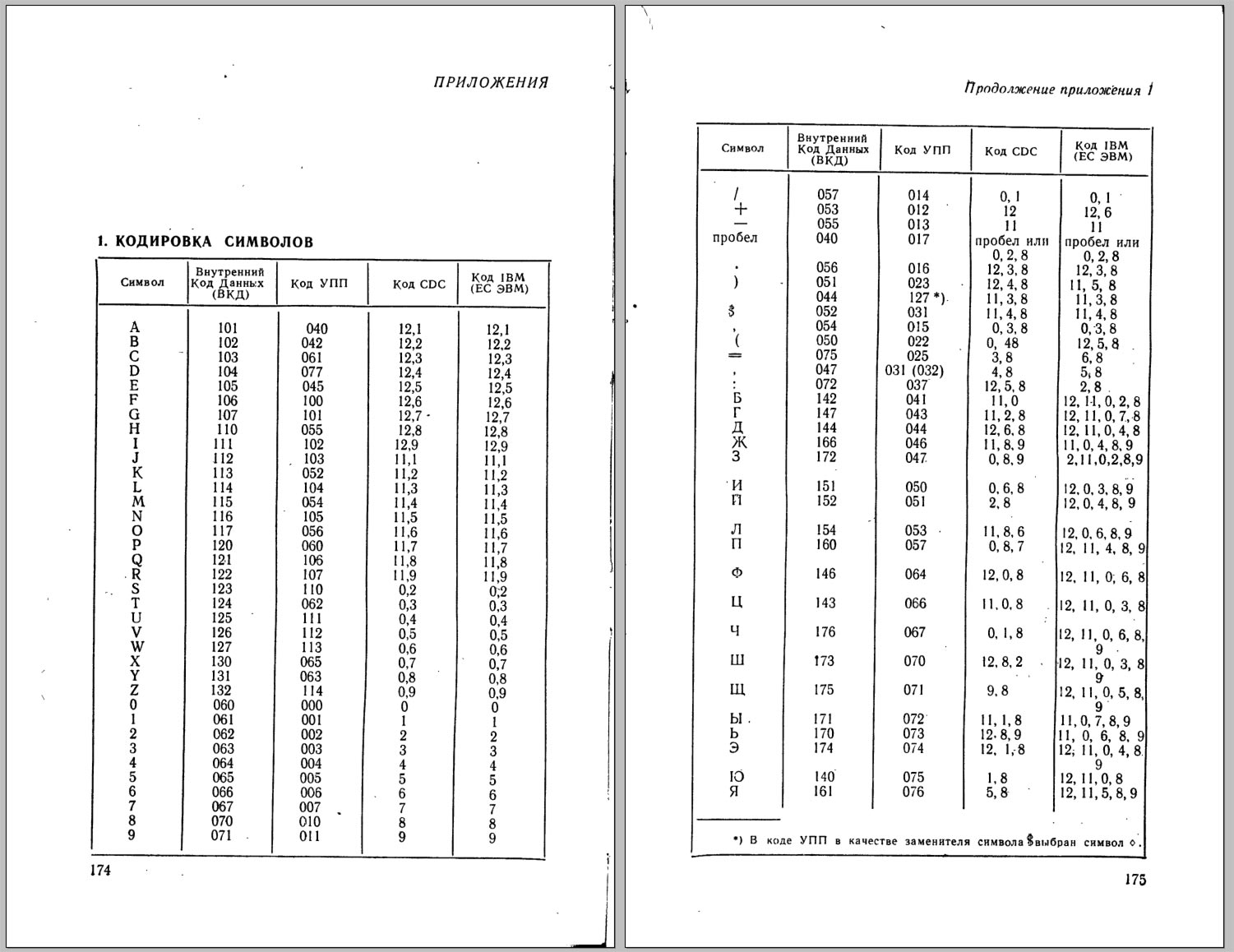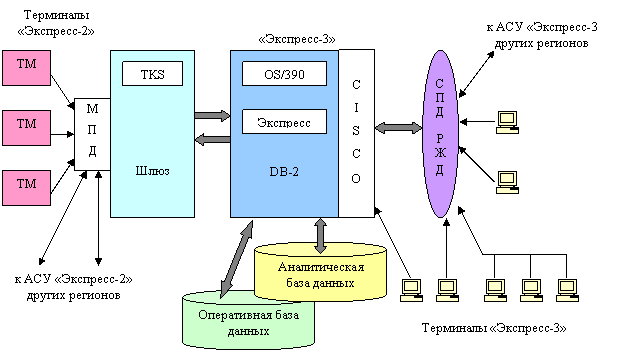Not so long ago, an interesting discovery flashed on Bash: in the depths of the railway ticket booking system, it turns out, there are not all Russian letters . The story has caused a lot of speculation in Tvi, and a variety of versions have been put forward: from the unprofessionalism of Russian Railways engineers to outright conspiracy theories. Everything is simpler, the point is in the history of railways and Soviet computers.
It all started in the 19th century
The first project to automate the collection and processing of data on a serious scale - the US census in 1890. To capture the data, a proven technology invented for looms was taken - the representation of a pattern by punching holes in cardboard cards. This is how punch cards appeared , intermediate results for the districts were punched on them, which were then summed up.
Punched cards as a data storage standard finally settled down by the end of the 1920s, the standard became the IBM format: 80 columns with 12 holes. Then, punched cards were used only for storing and processing numerical data, there was no question of text. The principle was simple: each column is one digit. An additional 2 holes in each column served to indicate an intermediate result.
With the advent of the first general-purpose computers, it became necessary to somehow record on punched cards and text. In the early 1950s, during the development of the IBM 701, the first commercially available computer, a rather original text encoding specifically for punched cards, BCDIC, was invented, later expanded to EBCDIC. This encoding has nothing to do with the well-known and world-standard ASCII encoding, nevertheless EBCDIC is still used in IBM mainframes.
Of course, there was no Cyrillic in this encoding.
Cyrillic
50- IBM (80×12), , , . IBM , , , ( ) – , 8 , 7.
, , ( ).

– .
, , , . XX .
, /, , , 30- . /, .
, «», . .
50- , , / , .
,
. , , , . .
50- , , , . / 40- , , .
, , , , .
( ), , .
, . «» – – , , , .
60- / , , «» , «», , . «» , .
/ 60- – . , () «-3».
«-1», , , . «», .
, . , , - , - ( , ). .
, , . , .
, – , , – 70- : IBM System/360. .
System/360 . - – .
, IBM , , ASCII System/360 . , System/360 EBCDIC.
, , : , , , .
-2
«-1», , , . 80- «-2».
, / – . - , , . EBCDIC/ , «-2» , , , , , , , , , , . , , , – .
-3
/ «-2» 80-, 1991 . 90-.

By that time, any serious computers made in the Russian Federation did not exist in nature, so the next version began to be made on IBM mainframes , just so as not to rewrite everything and implement it in stages, connecting new system nodes with old ones, on an ES computer.
Probably, part of the old code migrated to the new system, incl. error messages written in the encoding of only capital letters with gaps in the Cyrillic alphabet.
Apparently, they have remained there to this day, and it was them that the developers stumbled upon, who posted their discovery on Basorg.
And, most likely, that is why tickets at the ticket offices of Russian Railways are still printed only in capital letters.